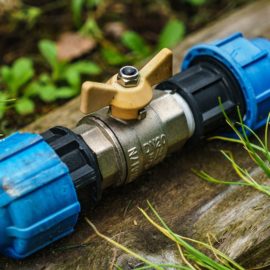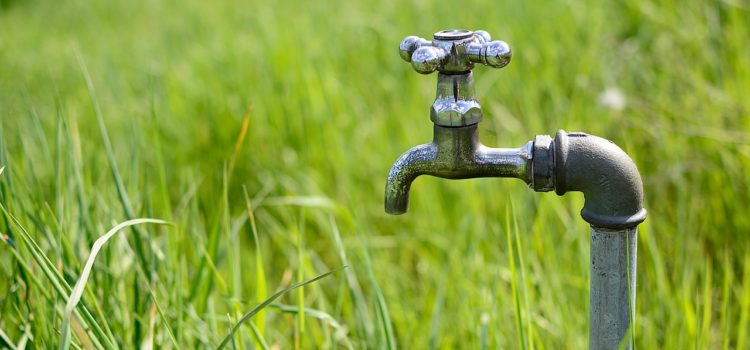
We have often heard about green living, greenwashing or even green building. But what about green plumbing?
What Is Green Plumbing?
Green plumbing can be defined as the use of efficient methods and techniques to reduce water consumption and replace historically wasteful systems. It is about investing in eco-friendly plumbing practices that reduce wasted water and recycling water that has been previously used. As a result, less energy is used to move the lower amount of water within homes, which has a subsequent positive impact on the environment.
Green plumbing is not only a trend that many homeowners are adopting but is also becoming a regulatory requirement. For example, in most areas of Victoria, Texas, a city is required to implement green plumbing techniques like water usage restrictions, water tank installations, and solar hot water features for new building structures.
Now below, you will find some green plumbing measures that can be implemented:
-
Materials used
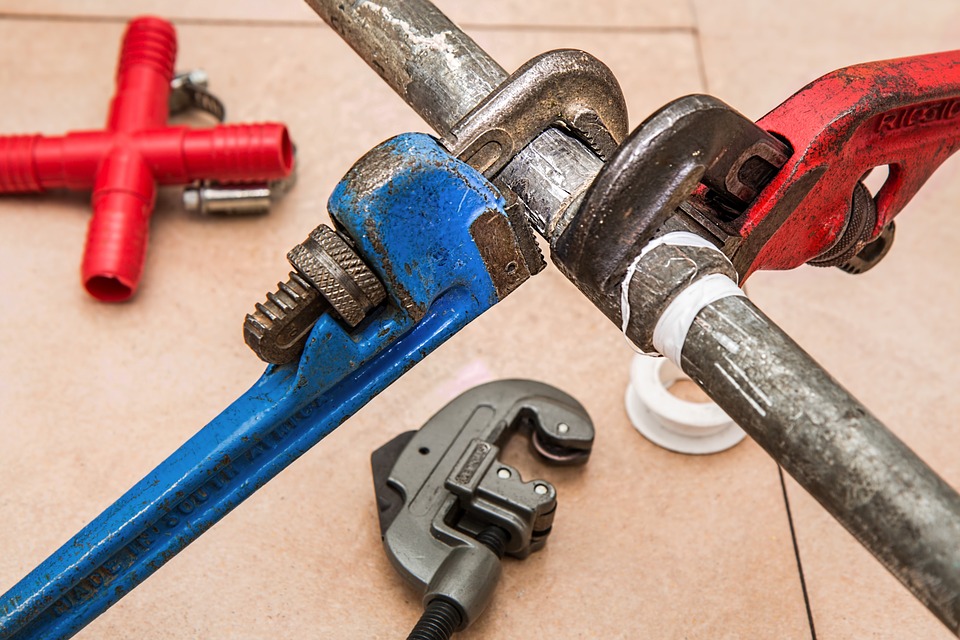
The types of materials used for green plumbing are polymer-based ones. The reason why you don’t want to use conventional pipes and fixtures is because they are made up of metal alloys that can corrode over time and require replacement. Moreover, the corrosion caused by the materials can contaminate the water and as a result, lead to health complications. However, green plumbing consists of eco-friendly and low-flow plumbing fixtures that will decrease the amount of water you use in your home every day.
Another of the essential elements of green plumbing is the use of cross-linked polyethylene (or PEX) and steel water pipes. Why? They can help prevent water and water leaks, ensure the right water pressure based on different needs, and maintain the right temperature for water passing through. As these pipes are made of PEX, they are very flexible and can adjust to sudden water pressure changes.
Did you know that heat can escape through pipes in your home? Therefore, it is advised to use pipe insulators to reduce heat loss during the winter months and prevent pipes from getting damaged.
-
Toilets
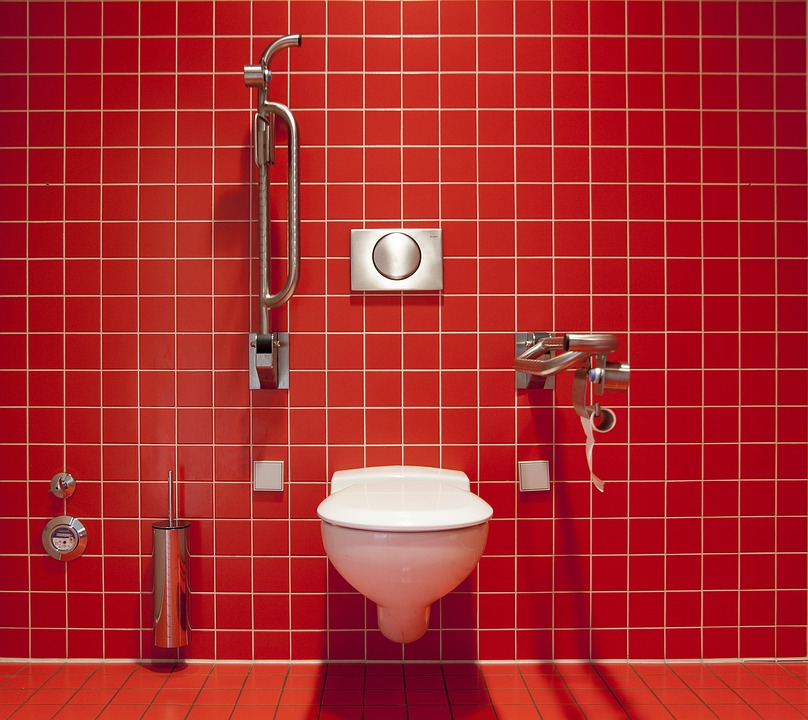
Toilets can be considered the main culprits of water overconsumption in a home as they account for nearly 30 percent of a household’s water usage. For example, did you know that old and traditional toilets can consume up to six gallons of water per flush? However, low-flow toilets can reduce the amount of water each flush uses and help you to save approximately ninety liters of water daily.
In addition, the dual-button toilet is a special toilet designed with a dual-flush system where the first option is for liquid waste that uses less water and the second one is for solid waste that requires more water than the option number one.
-
Faucets
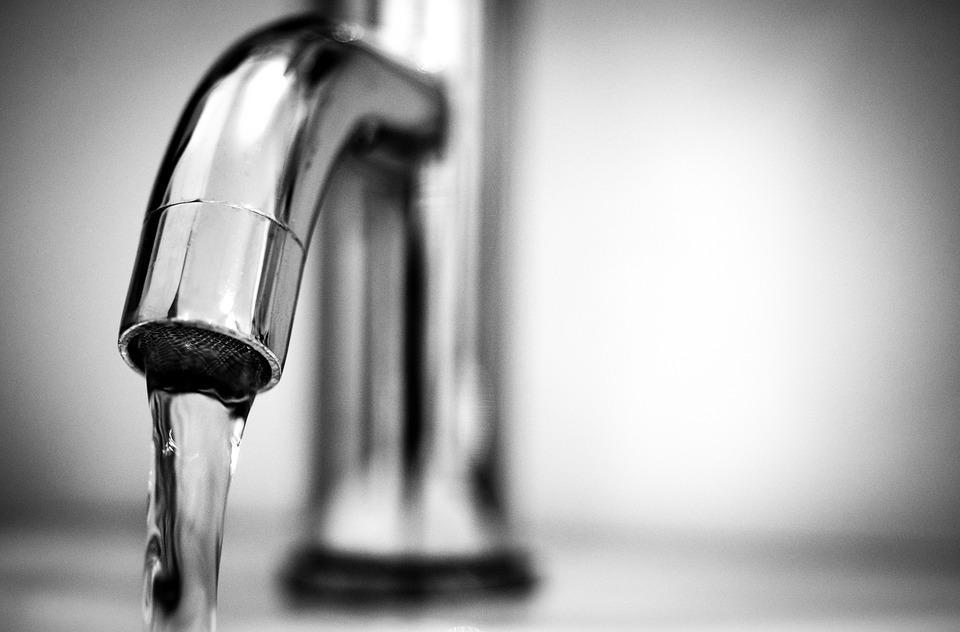
Found mostly in bathrooms and kitchens, the faucet can also be significant source of water consumption. For example, how many times have you left the faucet running while you were lathering your hands with soap or when brushing the teeth? However, instead of changing your usual habit, which can take some time, why don’t you make use of high-efficiency faucets?
These highly efficient faucets consist of an aerator that combines water and air. The result: water flow is reduced but water pressure remains stable. As a result, it can reduce water consumption and decrease water costs.
-
Showerheads
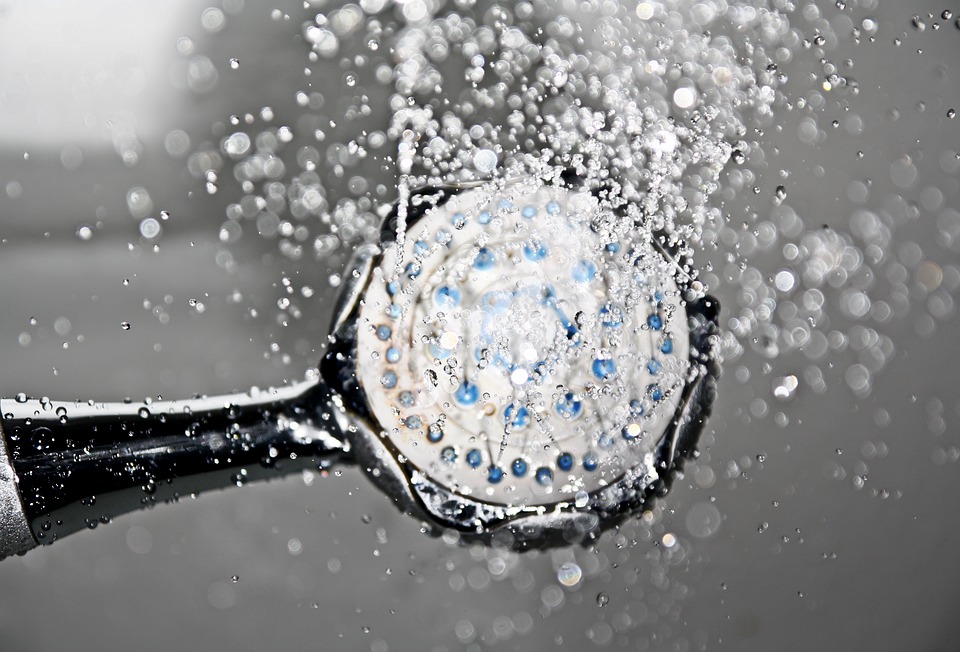
Another great green plumbing feature is low-flow showerheads. Similar to low-flow toilets, low-flow showerheads can also reduce your water consumption. For instance, according to the EPA, low-flow showerheads can reduce gallons of water being used for showers by 20 percent.
There usually are two categories of low-flow showerheads. The first one is the non-aerating one which means that the water flow is limited, while the second one includes aerating heads which combine water with air to give a softer and bubbly shower effect.
People are always looking for new ways for green living. But, what do you think of green plumbing? Please share your comments!

